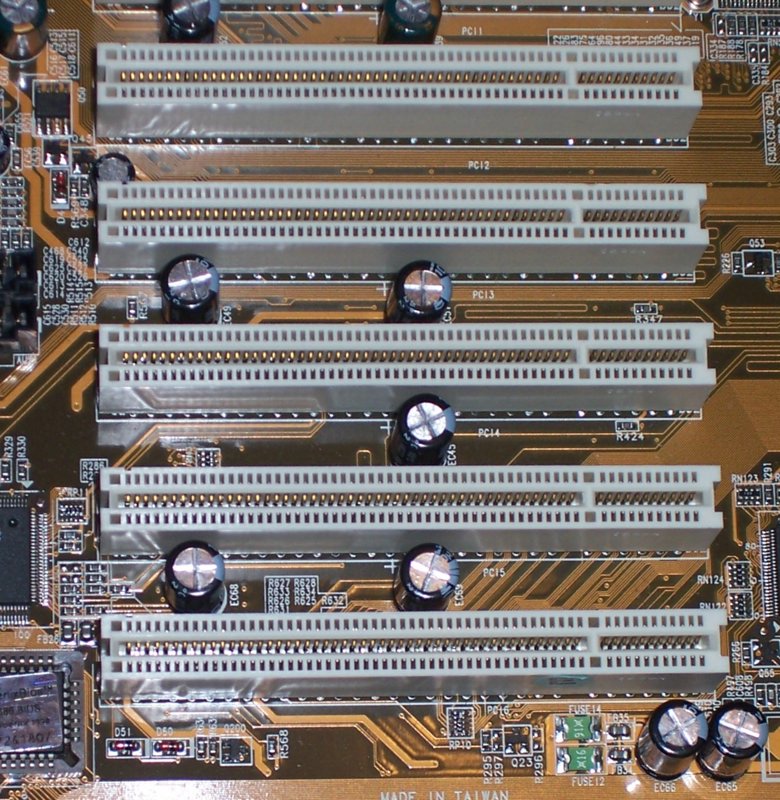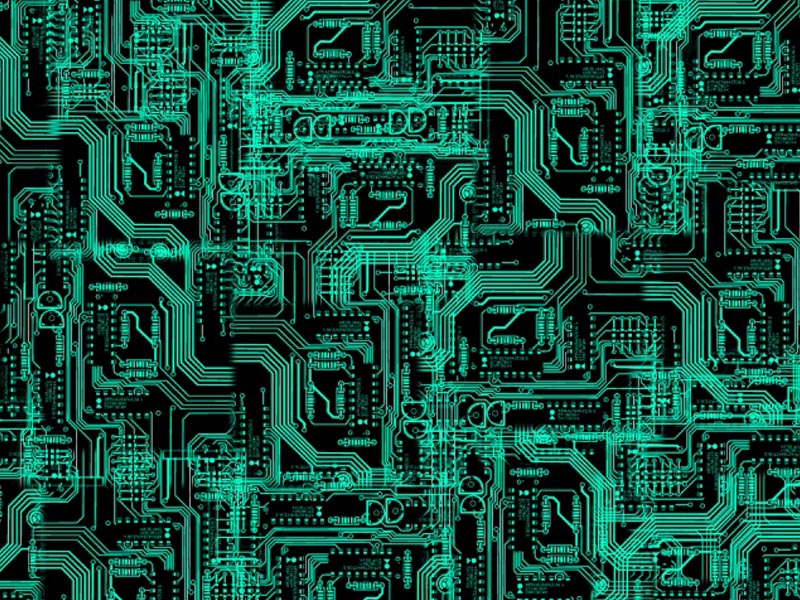An expansion card also known as ad-on card or internal-card. An expansion card is an electronic board or card added in a desktop computer or other non-portable computer to give that computer a new ability, such as the ability to connect to another computer using a network cable.
Network Interface Card

Hardware device that handles an interface to a computer network and allows a network-capable device to access that network. Every Ethernet network card has a unique 48-bit serial number called a MAC address which is store in ROM carried on the card.
Cache Memory

Cache memory is extremely fast memory that is built into a computer's central processing unit (CPU) or located next to it on the separated chip. The CPU uses cache memory to store instructions that are repeatedly required to run programs, improving overall system speed. The advantage of cache memory is that the CPU does not have to use the motherboard's system bus for data transfer.
Plug and Play (PnP) is a capability developed by Microsoft for its Windows 95 and later operating systems that gives users the ability to plug a device into a computer and have the computer recognize that the device is there.
Sockets

A socket is an endpoint for communication between two machines. Socket classes are used to represent the connection between a client program and a server program. The java.net package provides two classes--Socket and ServerSocket--that implement the client side of the connection and the server side of the connection, respectively.
A computer chip is a small electronic circuit, also known as integrated circuit which is one of the basic components of most kinds of electronic devices, especially computers.
Slots

Slots also known as expansion slots because they allow you to expand the capabilities of a computer. The boards you insert in expansion slots are called expansion board or add on board.
In computing, a serial communication physical interface through which information transfers in or out one bit at a time. Throughout most of the history of personal computer, transfer through serial ports connected the computer to devices such as terminals and various peripherals.
Parallel Port
 A parallel port is a type of interface found on computer for connecting various peripherals. It also known as printer port or centronics port.
A parallel port is a type of interface found on computer for connecting various peripherals. It also known as printer port or centronics port.Universal Serial Bus
 USB (Universal Serial Bus) is a way of setting up communication between a computer and peripheral devices. USB is intended to replace many varieties of serial and pararel ports.
USB (Universal Serial Bus) is a way of setting up communication between a computer and peripheral devices. USB is intended to replace many varieties of serial and pararel ports.
Firewire Ports
Firewere ports are forms of a serial port that make use of FireWire technology to transfer data rapidly from one electronic device to another. The FireWire port has been in common use since 1995, when Apple, Inc. first began to include the port on a number of digital camcorders. Today, the FireWire port is used on a number of other devices.





0 comments:
Post a Comment